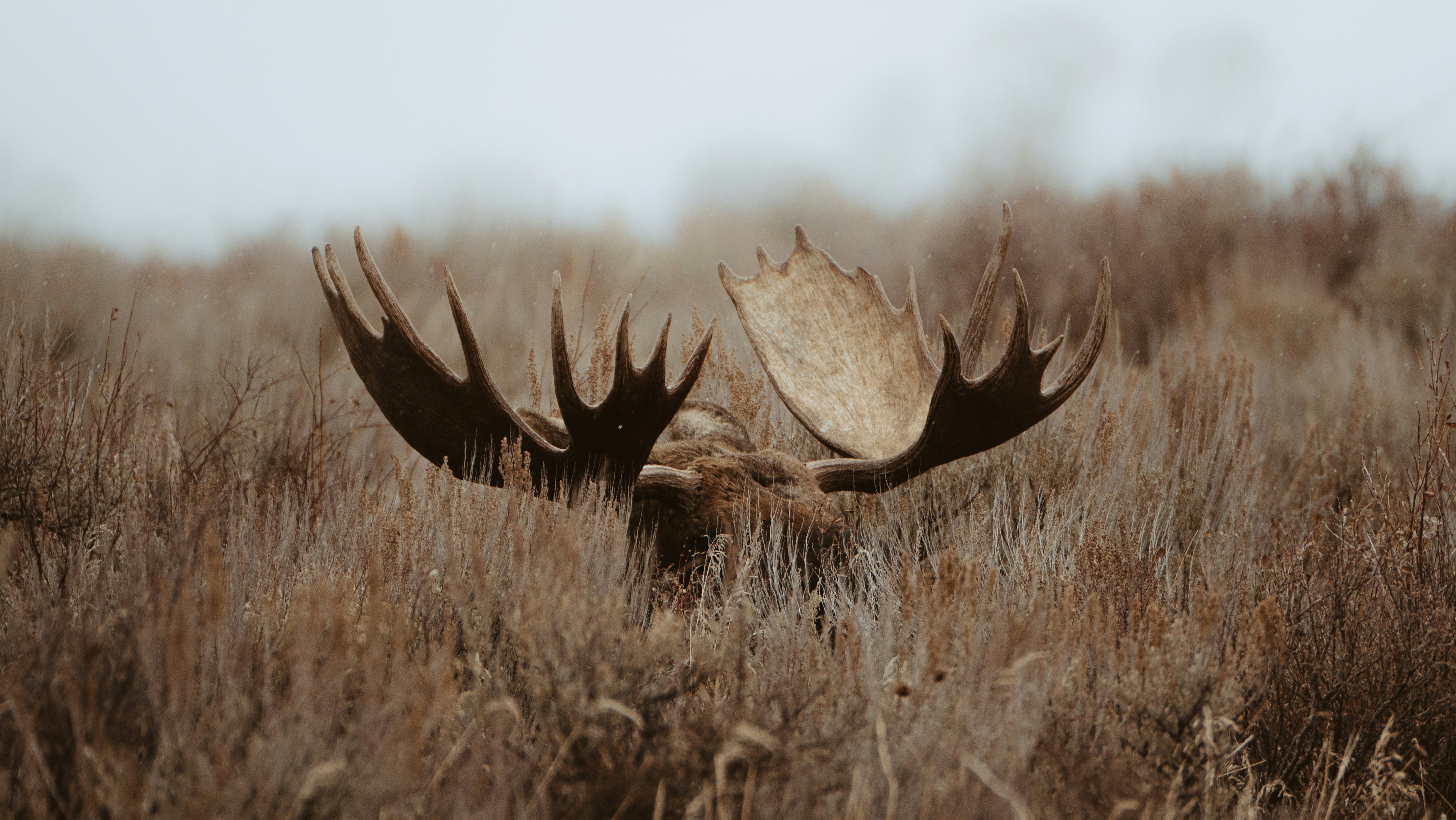Unveiling the World of Therapy Alpacas: A Companion Beyond the Ordinary
The world of pets is vast and diverse, ranging from the traditional dog and cat companions to the more exotic, such as snakes and tarantulas. However, a new trend is rising in the realm of therapy animals—alpacas. These gentle and sociable creatures are not only capturing the hearts of those they meet but are also making a significant impact on human health and well-being.
The History of Alpacas and Their Use in Therapy
Alpacas are native to the Andean mountain regions of South America, where they have been domesticated for thousands of years. They were primarily kept for their high-quality fiber, which was utilized in making clothing and blankets. However, in the past few decades, alpacas have taken on a new role as therapy animals.
The use of alpacas in therapy began to gain traction in the 2000s. The calm, gentle demeanor of these animals made them ideal candidates for therapeutic work. Their soft fur and friendly nature have a calming effect on those who interact with them, making them perfect companions for individuals dealing with mental or emotional disorders.
Alpacas in Today’s Therapy World
The use of therapy alpacas has surged in recent years. These animals are now frequently seen in hospitals, nursing homes, schools, and rehabilitation centers. They provide comfort and companionship to patients, helping to reduce stress and anxiety levels.
A recent development in the world of therapy alpacas is their use in mental health treatment. Several studies have shown that interacting with alpacas can help reduce symptoms of depression, anxiety, and post-traumatic stress disorder (PTSD).
The Market Impact of Therapy Alpacas
The rise of therapy alpacas has also had a significant impact on the pet industry. Businesses specializing in alpaca care and training have emerged, offering services such as alpaca adoption, boarding, and therapy certification.
The cost of owning a therapy alpaca can range widely, depending on factors such as the animal’s age, health, and training level. On average, prices can range from $500 to $2000. However, considering the immense benefits these animals offer, many feel that the cost is well worth it.
The Future of Therapy Alpacas
The future of therapy alpacas seems bright. As awareness of their benefits continues to spread, demand for these unique therapy animals is expected to increase. This could lead to new advancements in alpaca care and training, as well as a greater understanding of the therapeutic benefits of animal-human interaction.
In conclusion, therapy alpacas are much more than a quirky trend. They are gentle companions offering significant therapeutic benefits, testament to the power of the bond between humans and animals. As we continue to explore and understand this relationship, therapy alpacas undoubtedly have much more to offer in the realm of healing and comfort.






